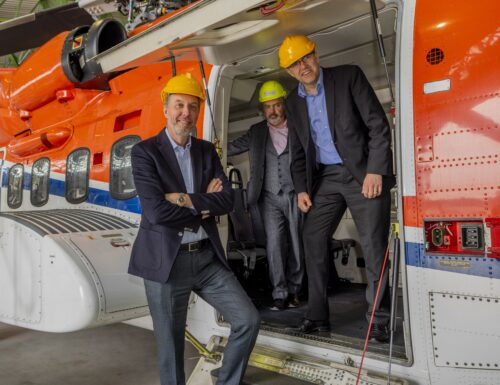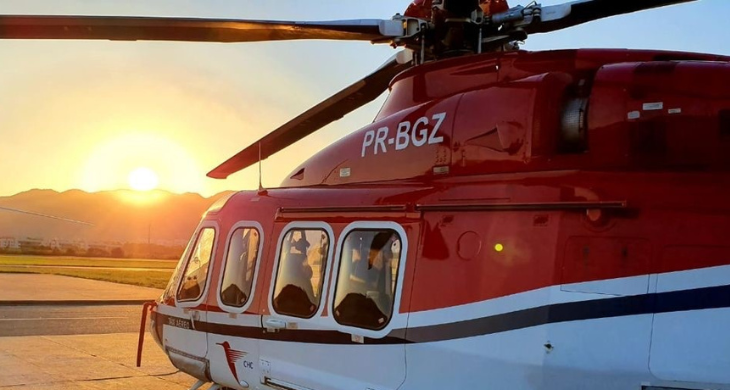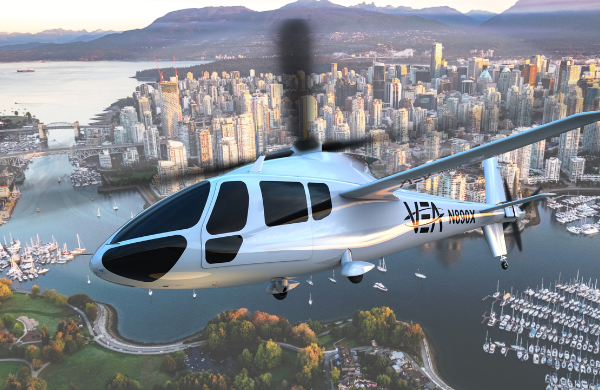
The software works by mapping the most fuel-efficient routes, taking into account factors including helicopter type, distance, altitude, weight of load, and expected weather conditions.
CHC is now offering Clear Skies to its customers using CHCs Aw139, 189 and S-92 fleets, with expansion into the H175 later this year. The software is already in use by a number of its customers, including Shell UK.
Commenting on the offering, John Hopkinson, VP of Safety, Compliance and Flight Standards, said: “We firmly believe that sustainable practices and responsible operations go hand in hand with business success. Through technological advancements delivered by our team, we are able to deliver demonstrable reductions in CO2 emissions for our customers. Together, we can contribute to a more sustainable and greener future for the aviation industry and beyond.”
Expands use of SAF
Beyond the OFPS element, another element in the Clear Skies initiative is the increased use of sustainable aviation fuel (SAF). The company now offers SAF as a customer option at its bases in Aberdeen, Bergen, Den Helder, Kristiansund and Stavanger. The SAF provision is the result of a partnership between Air bp and Swire Energy Services.
Explaining the company’s position, CHC CEO Jørn Madsen said: “The aviation industry has an important role to play in reducing global emissions, and we’re proud to spearhead more sustainable flights and a reduction of our carbon footprint in the helicopter sector.”








